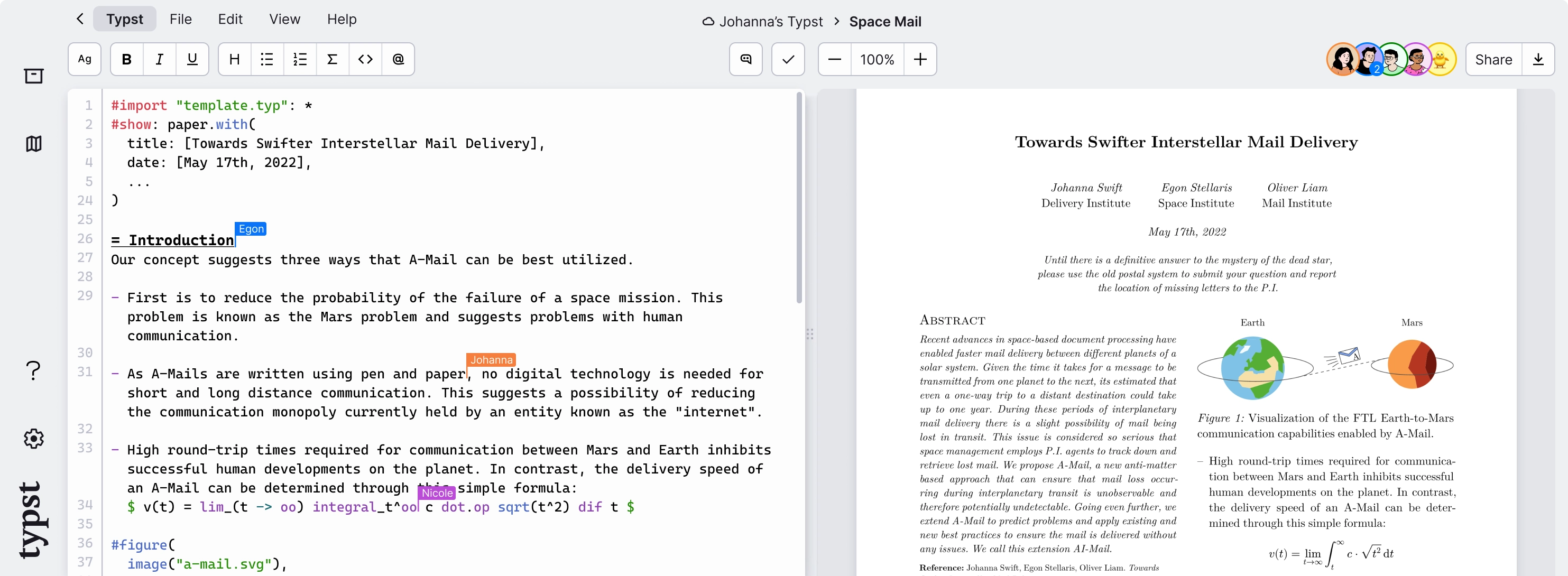this post was submitted on 21 Apr 2024
35 points (97.3% liked)
Linux
48328 readers
641 users here now
From Wikipedia, the free encyclopedia
Linux is a family of open source Unix-like operating systems based on the Linux kernel, an operating system kernel first released on September 17, 1991 by Linus Torvalds. Linux is typically packaged in a Linux distribution (or distro for short).
Distributions include the Linux kernel and supporting system software and libraries, many of which are provided by the GNU Project. Many Linux distributions use the word "Linux" in their name, but the Free Software Foundation uses the name GNU/Linux to emphasize the importance of GNU software, causing some controversy.
Rules
- Posts must be relevant to operating systems running the Linux kernel. GNU/Linux or otherwise.
- No misinformation
- No NSFW content
- No hate speech, bigotry, etc
Related Communities
Community icon by Alpár-Etele Méder, licensed under CC BY 3.0
founded 5 years ago
MODERATORS
you are viewing a single comment's thread
view the rest of the comments
view the rest of the comments

Yeah, that is likely the best way when you are more knowledgeable, but currently I would explore how to do everything with direct feedback.
Oh yes, same for me if I'm positioning an image or making a table, I compile to double check every little edit to the code :) I just mostly have plain old text so no surprises.
Same. I really need to learn typst, it is very cool.
Markdown is kinda useless, because
I started with LaTeX back in the day, but it was too hacky and complex, so I went to ConTeXt, which felt more consistent and planned out. Then I did OpTeX for a while and eventually I picked up the TeXbook by Knuth and it all just started to make sense to me. So now I use plain TeX with my own macro file to fill the gaps in functionality, I implemented colour support and picture support and small macros that I needed. I am very much into grid typesetting, so I need to know where all the vertical material comes from. There are areas that still scare me, like modifying the output routine or several \expandafter in a row, but usually that's not needed. With plain TeX I can know every detail of the code down to the primitives. Of course this is possible in LaTeX too, but, there's just a lot of code, layer upon layer, and I'm not smart enough to keep all that in my head.